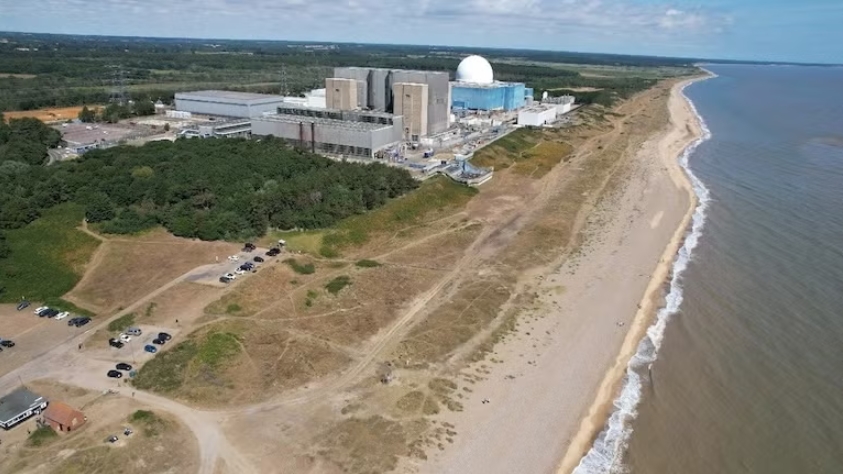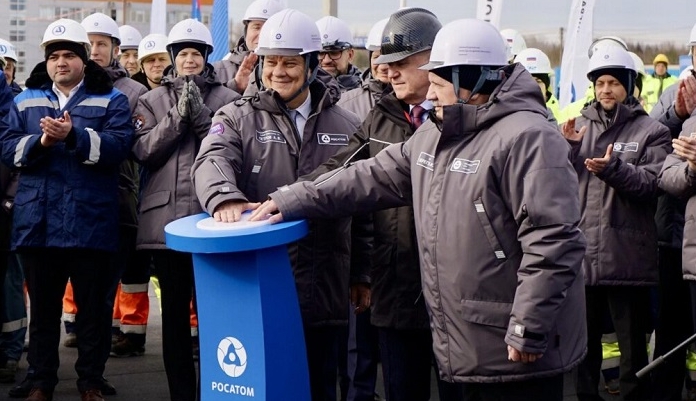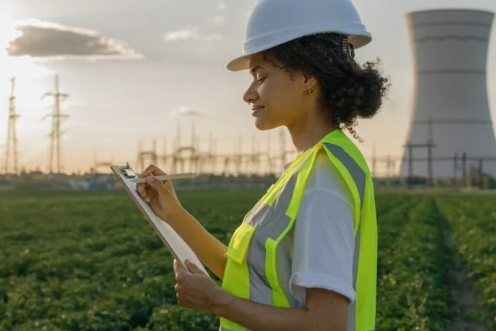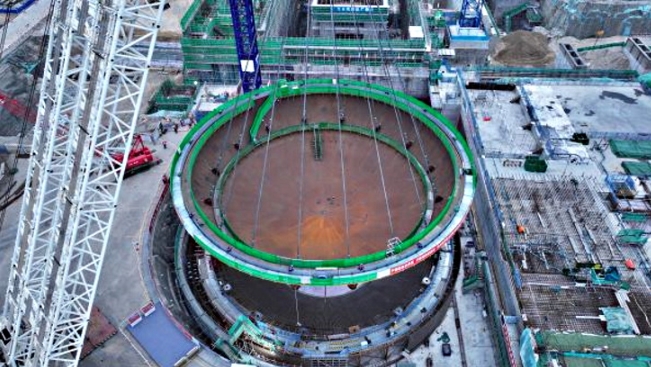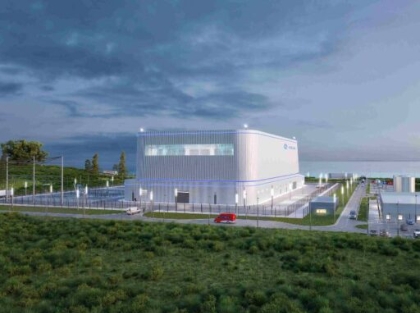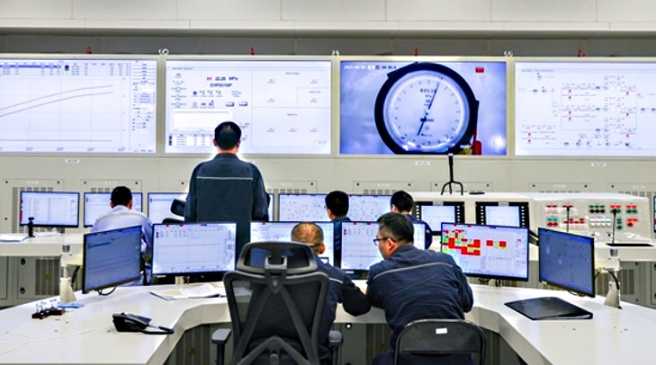The US Department of Energy’s Advanced Research Projects Agency — ARPA-E — is funding research by 10 organizations with one common goal — creating long term energy storage systems that cost $0.05 per kilowatt hour or less. Five of the projects are scheduled for completion in 2020 and the rest in 2o21. After they are complete. ARPA-E plans to fund small scale field trials to determine which are commercially viable. According to PV Magazine, the research falls into several general categories.
Sulfur Flow Batteries
A startup based in Somerville, Massachusetts, Form Energy is staffed by people with previous experience at Tesla, Aquion, and A123. It is working on sulfur flow batteries it says will permit “full-week backup capability at a factor of 10 times or greater cheaper” according to co-founder Marco Ferrara. Sulfur flow batteries have the lowest chemical cost of all rechargeable batteries but suffer from low efficiency. Form Energy is working on new anode and cathode formulations, membranes, and physical system designs to increase efficiency
United Technologies is partnering with Lawrence Berkeley National Laboratory, MIT, and Pennsylvania State University to research sulfur and manganese flow batteries. The objective is to “overcome challenges of system control and unwanted crossover of active materials through the membrane.”
Electricity to hydrogen
As renewables become more common, there will be instances when the supply of electricity exceeds demand. What to do with the excess? One solution is to use it to break water into into its component parts — hydrogen and oxygen. The hydrogen produced can be used later to make electricity in fuel cells but converting energy back and forth from one form to another is not always very efficient.
A team at the University of Tennessee, Knoxville is working to improve that efficiency by creating an advanced regenerative fuel cell — a single device that functions as both a fuel cell and an electrolyzer. The device the team is working on will convert hydrogen and oxygen to hydrogen peroxide instead of water. “The benefit of using peroxide instead of water is higher efficiency in both charging and discharging the system,” ARPA-E says.
Zinc-bromine flow batteries
Primus Power already makes zinc bromide flow batteries. With help from ARPA-E, it aims to “eliminate the need for a separator to keep the reactants apart when charged,” by “taking advantage of the way zinc and bromine behave in the cell.” The new configuration is expected to allow all the electrolyte to be stored in a single tank instead of multiple cells, thus reducing the amount of hardware needed to complete a system, which will lower costs.
Thermovoltaics
Antora Energy use electricity to heat carbon blocks to over 2,000°C. To generate electricity, the carbon blocks will be exposed to thermovoltaic panels. With its ARPA-E grant, Antora will develop a “thermovoltaic heat engine” to double panel efficiency through new materials and “smart system design.”
Electricity to magnesium manganese
A team at Michigan State University is working to develop a system that heats magnesium manganese oxide particles so they are hot enough to release oxygen. To generate electricity, the system will pass air over the remaining magnesium manganese particles, initiating a chemical reaction that releases heat to drive a gas turbine generator.
Electricity to heat
Three projects will focus on raising the efficiency of storing electricity as heat, then using the heat to drive a turbine-generator set.
A proposal from the National Renewable Energy Laboratory uses electricity to heat inexpensive solid particles to more than 1,100° C. The particles can be stored in insulated silos for several days. To make electricity, the hot particles heat a working fluid to drive a Brayton Energy combined cycle turbine attached to a generator. The Colorado School of Mines is a partner in the project.
Brayton Energy itself is working on a “reversing, counter-rotating turbine design, in which each turbomachinery stage is designed to act as both a compressor and turbine, alternating between charging and discharging cycles.” The approach is expected to both increase efficiency and reduce capital cost by simplifying the system.
Echogen, which specializes in waste heat recovery, will use electricity to heat a low-cost material such as sand or concrete. Later, that heat can be used to raise the temperature of liquid carbon dioxide that has previously been brought to a supercritical pressure. The heated, supercritical carbon dioxide would then expand through a turbine to generate electricity.
Pressurizing water underground
Quidnet Energy is developing a process to pump water into “confined rock underground, creating high pressures.” Under its ARPA-E grant, Quidnet will demonstrate the ability to generate electricity from water stored at pressure underground, and find suitable means to make the process work across multiple geographies within the United States.
Liquid Air Energy Storage
Highview Power and Encore Renewable Energy have announced plans to jointly develop the first long duration, liquid-air energy storage system in the United States. To be located in northern Vermont, the new facility will supply a minimum of 50 MW over a period of at least 8 hours.
In the new system, off-peak electricity will be used to clean and compress air. It will then stored as a liquid at about 320º F in insulated tank. When electricity is in high demand and more valuable, the pressurized gas will be allowed to warm and used to spin a turbine to make electricity.
Highview Power says its CRYOBattery costs about half as much as lithium-ion battery storage and is equivalent in performance to conventional thermal and nuclear baseload power. The project is the first of many utility-scale, liquid air energy storage projects that Highview Power plans to develop across the United States. The company says its system can store energy for weeks at the lowest cost for long term storage available. It also offers many of the grid services normally associates with lithium ion battery storage include market arbitrage, frequency management, reserve, and grid constraint management.
